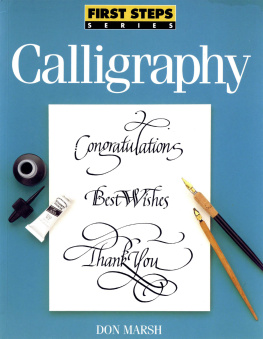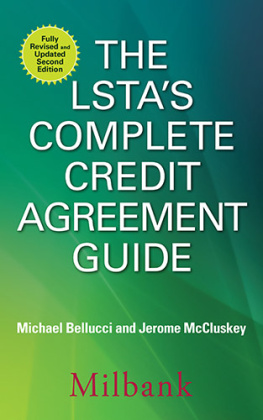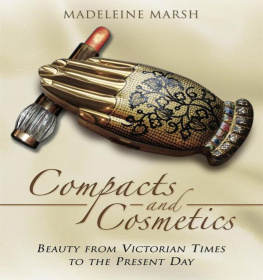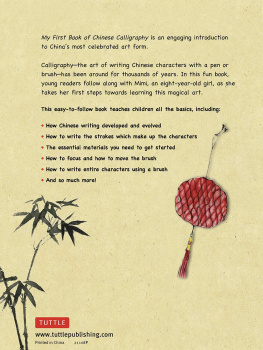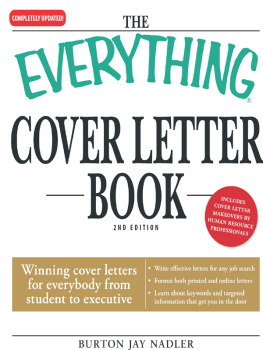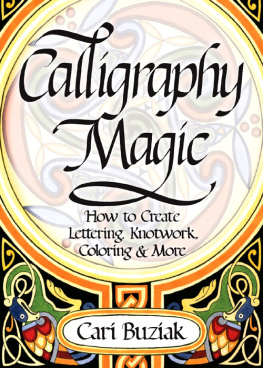FIRST STEPS
SERIES
Calligraphy
DON MARSH

www.artistsnetwork.com
Dedication
Dedicated to all those who have labored at the art before me
and have inspired me with their skill.
Contents
All about the materials you need to begin lettering right away.
The basic strokes in the a and n are the keys to your first alphabet.
Learn the most useful and popular calligraphic alphabets.
Fifteen calligraphy projects you can do right away to learn the art of fine writing.

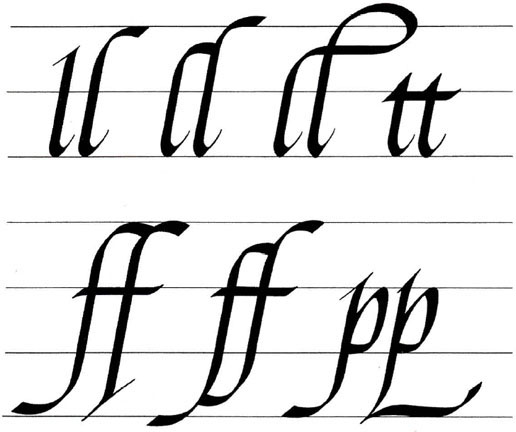

Introduction
What Is Calligraphy?
Calligraphy, from the Greek: kalligraphia literally means beautiful handwriting. So what is it that makes writing beautiful? Well, in a word: consistency. Consistency of shape, stroke, weight, spacing and rhythm. Although consistency is accomplished through repetition, calligraphy is a not a matter of mechanical repetition.
The subtle nuances of a handwritten text, as opposed to the exact duplication of type, gives it its unique eye-pleasing quality no computer can duplicate.
Calligraphy is as much a matter of seeing as of writing. It is more than simply acquiring a manual skill. You have to train your eye to see the subtle details and proportions of the letterforms.
The hand cannot execute what the mind does not comprehend, and the mind cannot comprehend what the eye does not see. In calligraphy, comprehension comes from being aware of and paying close attention to details.
It is my hope in producing this book that I can assist the student in cultivating this ability to see by making the process easier, more fun and ultimately more rewarding.
This book covers the basics. It will give you a good foundation for a lifetime of discovery and creative satisfaction that the study of calligraphy offers. You will see that just two letterforms, the a and the n, form the basis for almost all of the letters in the alphabet. Once mastered, you can build upon them to master several italic styles, or hands, which are the most useful and popular calligraphic styles.
Even though everyone imitates at first, for this is how we learn, these hands' cannot help but slip into our own personal style just as every artist, cornposer or author has a personal style. This is how it should be. In fact, that is ultimately our goal: To become proficient enough that the art becomes a part of us and that we end up contributing to the art in the process.
Whatever your intentions are in taking up calligraphy, may you find it as rewarding and joyful as I have over the years.

Uses for Calligraphy
People seldom realize just how many uses there are for calligraphy in today's world of ballpoint pens and keyboards. The most obvious use for calligraphy is for correspondence, but its other uses are as unlimited as one's imagination. You can use calligraphy for creating Christmas, birthday and get-well cards; for party invitations and announcements; for fancy labels and tags, posters, flyers, placecards, and all manner of signs and documents. The most common and consistent demands for today's skilled scribe are wedding invitations and certificate design or fill-ins.
Designers use calligraphy in advertising and commercial design to achieve a classic or stylish look or to create a certain atmosphere. Despite the plethora of computer-generated type and letterforms, there is no substitute for handcrafted letters. You'll find them in magazine headings or on billboards, posters, signage, book jackets and wine labels, just to name a few.
Some of today's scribes are reinterpreting the old-world craft of fine handwriting into modern terms and creating one-of-a-kind books which are truly works of art. Other artists are stretching the artistic bounds of calligraphy into exciting new realms of expressionism and abstraction.
How Long Will It Take to Learn?
There is no right answer to this question. Results will vary greatly from student to student, but with a little persistence and consistent effort, you should notice improvements within a very short time. This book is designed to get you practicing in the most effective way by first concentrating on the core shapes of the a and n.
However you will need to give yourself plenty of time, perhaps a month or even more, before you really start to feel comfortable with the medium. Subtle details take a while to appreciate. Professionals spend a lifetime developing and perfecting their skills, and yet they feel there are always new things to discover and new horizons to explore.
How Much Will It Cost?
Calligraphy is not a costly pursuit. Compared to other art forms, you can accomplish much with surprisingly little in the way of basic supplies. You can get started with an investment of as little as $10. As with anything, though, good tools and supplies can cost much more but are well worth the expense. The serious student should consider spending $20 to $50 to start.
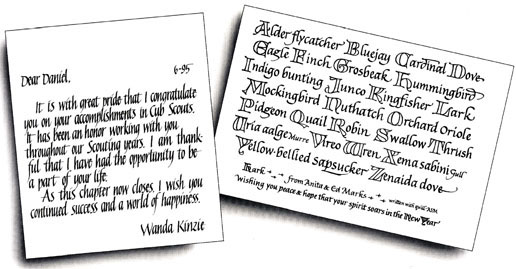
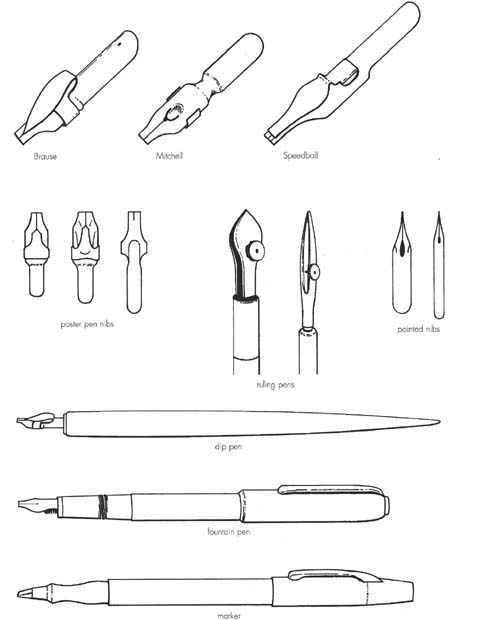
Chapter One ALL YOU NEED
TO GET STARTED
T he supplies necessary to start learning how to create beautiful writing are simple. Compared to most art forms, calligraphy does not require a lot of expensive, hard-to-use equipment. In fact, all you really need are a pen, ink and paper. Lets start with the pen.
Dip Pen Nibs
The preferred tool of the serious calligrapher is the dip pen, a tool filled with ink by either dipping or loading the reservoir with a brush or dropper. The writing tip, which is inserted into a holder, is called a nib. Nibs are available in a variety of sizes and shapes: Edged, spoon-billed, pointed and so on. This book's focus is on the edged pen.
Nibs come in a variety of widths and unfortunately there is no uniform system of labeling nibs. Every manufacturer has its own system for identifying nib size, sometimes assigning a system of arbitrary numbers and/or letters. This can be very confusing for the beginner, even skilled calligraphers find it frustrating. Probably the best system to be implemented is metric identification, e.g., a 2mm is 2 millimeters wide, etc. Sadly, this system is used by only a minority of manufacturers.
Manufacturers
I recommend using a Speedball, Brause or Mitchell nib. Each has strengths and faults, and of course everyone has his or her personal preference. To find yours will be a process of experimentation.

